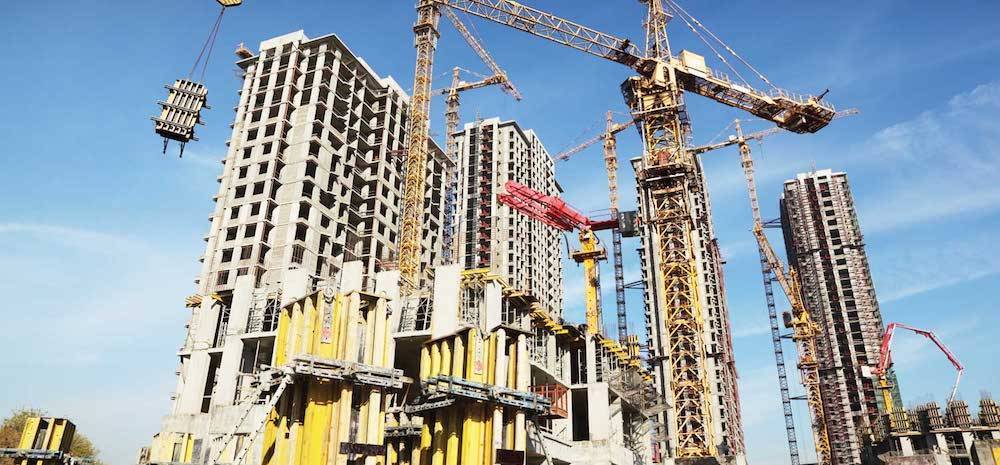
GDP Growth Statistics
GDP Growth Statistics: Among the many changes, Covid-19 has brought to our lives is attention to statistics on a daily basis. A number of infected cases, tests, hospitalization, deaths, and recoveries. People from all walks of life have shown interest in these statistical figures.
Every now and then, some international institution produces GDP growth statistics as well. These get attention too, but not even remotely close to Covid-19.
On an analysis of the current trend, residents of prosperous states such as Delhi, Chandigarh, Maharashtra, Gujarat, and Telangana are expected to lose over 15 percent of their annual incomes in the current year, which is thrice as high as the average decline of per capita income of the country.
However, in relatively less well-off states such as Madhya Pradesh, Uttar Pradesh, Bihar, Odisha, etc., the decline in per capita income is expected to be less than 8 percent. It is to be noted that after a major economic crisis, per capita income takes longer to swing back to the old levels than the GDP.
The reason is simple. People care about the risks to their daily lives when living under pandemic conditions. The fear of contracting the virus keeps many awake at night, even causing serious mental stress.
This is not because GDP growth is unimportant. The ecosystem around the individuals and their families matters more than the changes in an accounting construct such as the GDP, particularly so when public health is facing risks of the kind not experienced in over a century.
The economic destruction Covid-19 is causing does not take the form of ashes. It takes the form of jobs and income losses for millions from different segments and industries. It is reflected by the empty saloons, shops, footpath trades, tea stalls, restaurants, public transport, and sports stadiums, among others. It is manifested in closed factories and unsold farm outputs.
Supply and demand are both down abruptly, causing unexpectedly far-reaching repercussions. The cost of living and the cost of doing business have both spiked. The interconnectedness between the speed of lifting the mobility restrictions and the rate of community spread of the virus, as evident from the experience of countries attempting to reopen in phases, has deepened radical uncertainties related to the outlook on global economic recovery.
A consensus is emerging globally that the recession will be deeper and the recovery will be slower. The stumbling reopening of the entire world has made it clear that the speed of recovery will depend on the spread of the virus.
Medium-term macroeconomic and fiscal frameworks are never written in stone. Revisions have to begin with the recognition that the quest for GDP growth in a pandemic is like searching for a needle, in a haystack in darkness, that isn’t there. Business as usual in public expenditure planning cannot connect the economy with the health and social outcomes that will determine the quality of our belligerent coexistence with the virus.
There are a lot of things outside the counting of GDP we just do not have a handle on currently. Whether economies can continue to grow forever was an unresolved debate before Covid-19. The virus has paused this debate by shifting attention to the challenge of making the economy thrive whether or not it grows.
This challenge can be unbundled into fortifying resistance to the virus and ensuring that no one falls short of the essentials of life. These formidable challenges can only be managed through collective action that starts long before they become full-blown crises.
We do not need GDP numbers to know the effect of the lockdown: the majority of our states, and practically all of our trading partners, stopped us from eating at restaurants (and then maybe going to the gym to work it off), having elective surgery for a bum knee, sending our kids to school, or having our teeth cleaned.
Effectively, the lockdown became a ban on living everyday life. Moreover, for scores of millions of Indians today no work means no income. If handled right, policies to contain the spread of the virus will actually deliver huge economic benefits. Many in the rest of the world, with some exceptions, are starting to get this.
Tags: gdp growth, gdp statistics, gross domestic product, gdp growth statistics, real gdp, gdp growth rate, gdp 2021










